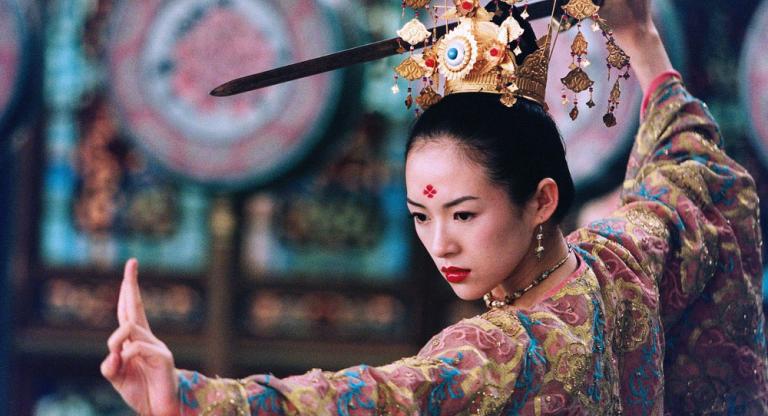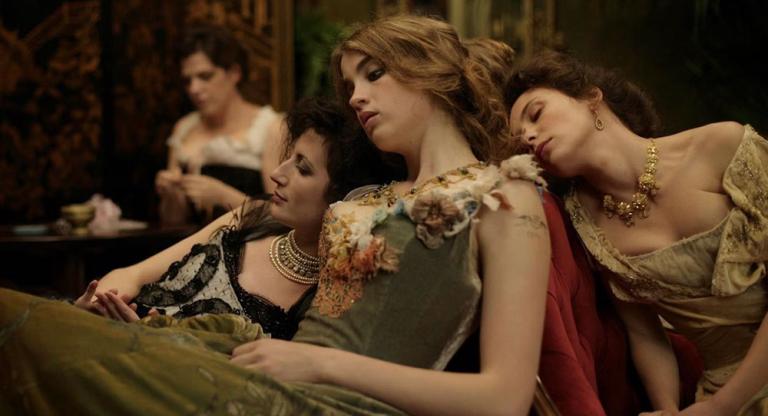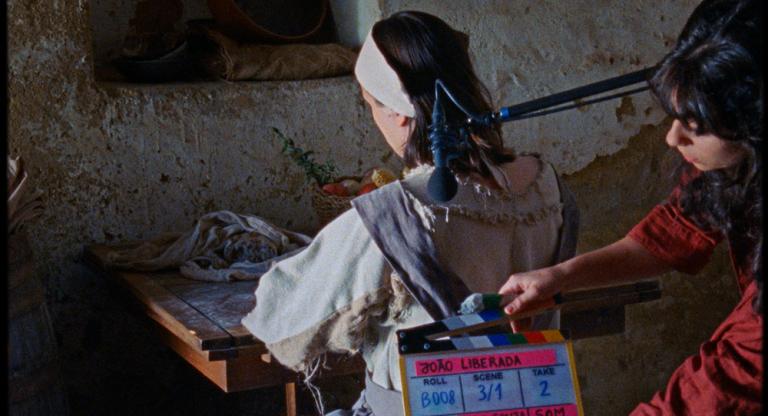
Tonight, ditch the VR headset and head over to Spectacle for the kaleidoscopic capstone of their Best of 2016 series: Marcell Jankovics’ 1981 animated feature Fehérlófia (Son of the White Mare). Psychedelic is an understatement; the film is a breathtaking, sensual story of sacrifice and synergy—animated in all of the colors of the rainbow, probably the closest we humans can come to seeing through the trinocular eyes of the multispectral mantis shrimp.
Adapted from ancient Hungarian mythology about a superhumanoid son who risks everything to honor his ancestors and vanquish evil for generations to come, Fehérlófia is a mesmerizing, multilayered odyssey that weaves fertility imagery, folk symbolism, and codes of kinship together into a strangely nourishing narrative… Of which kind we are now in urgent need, all things considered.
Dazzling depictions of heroic women and men working together to slay the dragon (literally) are just what the doctor ordered as the Doomsday Clock ticks closer to midnight, perhaps now beyond. That Jankovics was forced by officials to rewrite his script to suppress his cyclic (allegedly anti-Marxist) expression of timespace seems eerily familiar in an era in which NASA officials are forced to go rogue to circumvent censorship and communicate with the public. Fehérlófia shows how when all hell breaks loose, it’s up to us to summon the strength to fight the monster, and how in doing so, we heal not only our own wounds, but the wounds of those who came before. It is, in some ways, the story of the ultimate healing—that of an entire culture, the happiest of all possible endings, painted in the vivid and throbbing brushstrokes of peace, love, and respect for the interdependent, life-giving forces of the one true master: mother earth.


